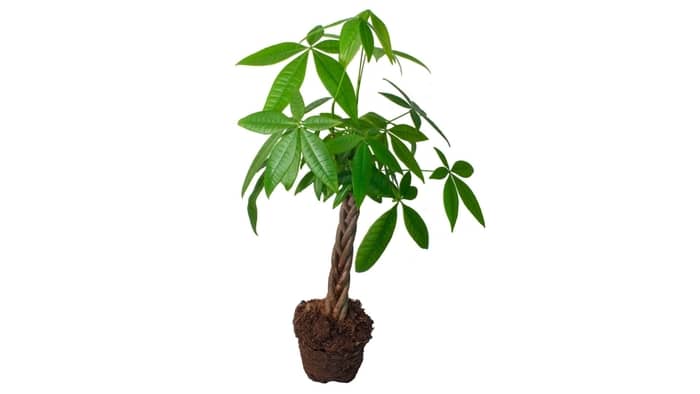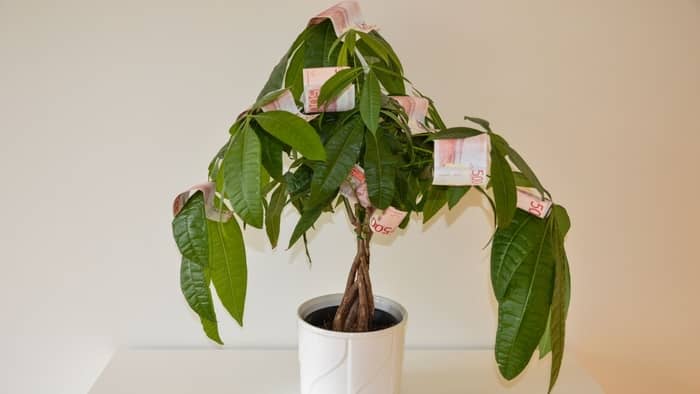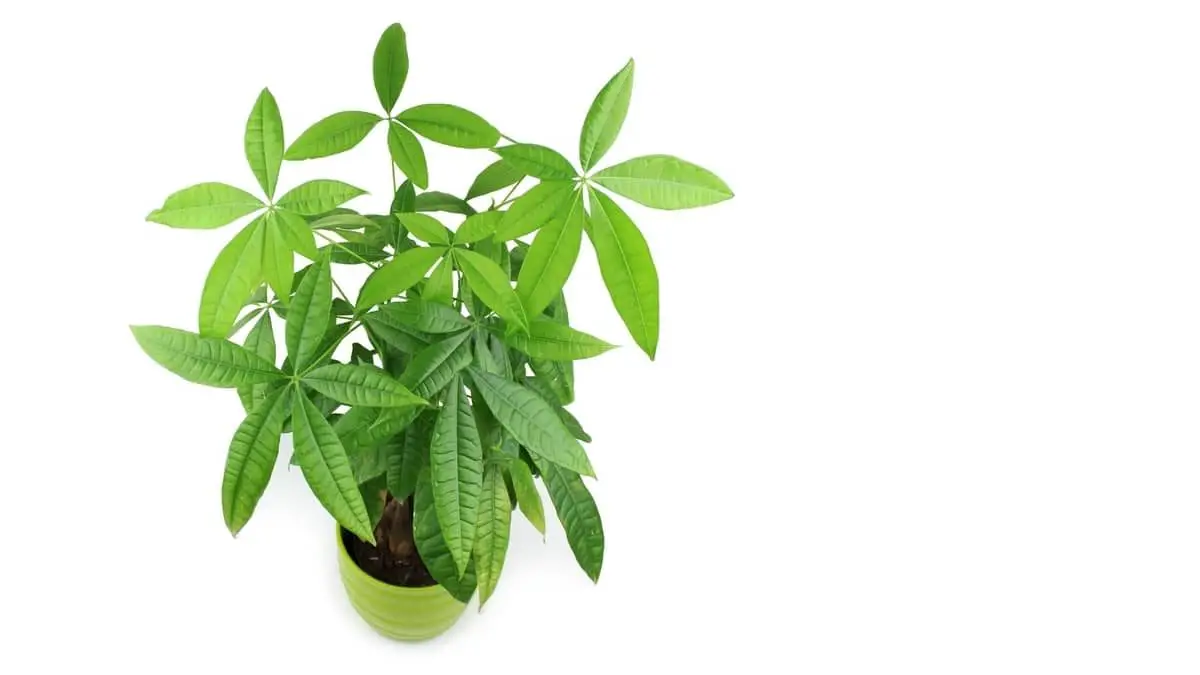Last Updated on September 15, 2022 by Griselda M.
Does your tree look weak, droopy, and lifeless? Are leaves falling off the branches? That’s the sign of a poor tree. Is your money tree trunk soft?
In my previous post, I mentioned the softness of money tree trunks and their effect on their surrounding. In this post, I want to explain why soft money tree trunks are more vulnerable to breaking under the pressure of extreme weather.
Let’s talk about the difference between a soft money tree trunk and a normal money tree trunk.
What is a Money Tree?
Money trees are popular household plants that grow to be large, thick shrubs that are easily maintained. They grow quickly and are used in landscaping and hedging. They can grow into trees.
Money trees are native to tropical climates but can also be grown in temperate climates. Money tree plants do best in soils with high organic matter content and moisture.
Money trees are great for landscaping and as decorative plants. They will give you a nice shade in your garden and they are easy to grow. There are many varieties of money trees.
They are all native to tropical climates, but they can also be grown in temperate climates too, as mentioned. Money trees do best in soils with high organic matter content and moisture. You need to water them around once a week, but you can give them more water if needed. They don’t typically need much water at all.
Why is a Money Tree Stem Soft?

A money tree stem is soft because it’s still growing. It’s been a while since you planted the seed, and it’s just now beginning to grow. In the same way, if you’ve been building something for a while, it takes a little bit of time to see the results.
Your goal isn’t to produce a perfect finished product at once. The goal is to produce something of quality over time. You want your plant to grow into your ideal self. Money tree trunks are known for being malleable and flexible, so don’t confuse this with the trunk being “soft”.
Money Trees Should Be Planted With Care
Money trees are trees that are said to bring good luck and money year after year. While you can plant a tree for any purpose, the idea is to plant one whose value will continue to grow for generations. Some people use them to remind themselves of their goals. But others plant money trees to help their family, friends, and even the wider community.
Most people find the act of planting money trees a little off-putting. After all, they are a rather conspicuous way to get rich. However, if you’re willing to go through the process of finding and selecting your “seed money tree,” planting it properly, and then nurturing it over time, it could turn out to be the most lucrative investment of all. And, once planted, it may continue to provide you with income for years to come.
Soil Mix for Planting or Repotting Money Tree
How to Care For Your Money Tree?
For even development of the trunk and leaves, we recommend you put your money tree in intermediate indirect light and rotate it from time to time when you put water in it. If you don’t have a suitable place for your money tree, use a grow light to help it regrow fuller and have stronger stems. When pruning, reduce the size of the tree to no more than half its original size.
Your money tree wants to be watered around once a week, with a small amount of water. When more than half of the soil is dry and you can see cracks, you’ll need to water your money tree in that situation.
Water the plant until the water drains out of the drainage holes, then empty the saucer of any excess water. Make sure your plant is never filled with water. If you remember this tip, you have a greater chance to avoid root rot.
During the winter months, when growth slows, your money tree requires less water. Likewise, during the warmer months, your money tree is likely to need more water.
In the winter, the money tree wants humidity, so try to increase the humidity levels. The money tree thrives in the temperature range between 60 and 75 degrees. Lastly, try to fertilize your money tree in the summer and spring. There is no need for fertilization during the winter months.
Conclusion on The Money Tree Trunk Soft Problems
In conclusion, a money tree trunk can also be a great household plant that will serve you for years to come. Its advantages are its beautiful appearance, durability, and ease of maintenance. It can also be used for various purposes and is available in different styles. It is a popular product, and there are many types of money tree trunks available for customers to choose from.
If you notice that the money tree trunk is soft try to use the guidelines we gave you and save your money tree. In the further FAQ section, you can find more detailed info on how to watch out for warning signs with your money tree trunk.

Read more about Best Time to Transplant Trees
FAQs
Why is My Money Tree Trunk Soft?
So, why is my money tree trunk soft? It's simple. As your money tree grows, it absorbs all the energy that it receives. Money trees absorb the energy from sunlight. The tree will also absorb the energy from water. Some people confuse the money tree trunk with having a "soft" trunk because it's malleable and flexible. Usually, it's no need for concern - this trunk is naturally bendy!
Can You Save a Rotting Money Tree?
The money tree in your backyard will last a long time if you take care of it. The thing that you have to do is to give the money tree a good watering. If it gets too dry, you should water it to make sure it stays healthy. If it gets too wet, you need to let it dry out before you start giving it water again. You can even use mulch around the money tree to protect it. Another way to help the money tree grow and survive is to fertilize it. It might seem like a waste of money, but it is worth it.
How Do You Thicken a Money Tree Trunk?
Trim any dead, dry, or brown leaves off the tree by cutting them off at a 45-degree angle from the stem. To ensure that the stem grows back larger and healthier, leave at least 1/2 inch (1.3 cm) of growth on it. Reduce the size of the tree to no more than half its original size when pruning. Pruning encourages new growth.
Branko is the world‘s most enthusiastic gardener! He is always on the hunt for the perfect flower, bush or tree to add to his ever–growing garden. He is known for his love of all things green, and his passion for nurturing the plants he grows is unmatched. He loves to get his hands dirty and can often be found humbly tending to his garden at all hours of the day. Branko is the go–to guy when it comes to gardening advice – he is always happy to share his knowledge and wisdom with anyone who will listen. He also loves to play pranks on unsuspecting visitors, so beware if you enter his garden!


